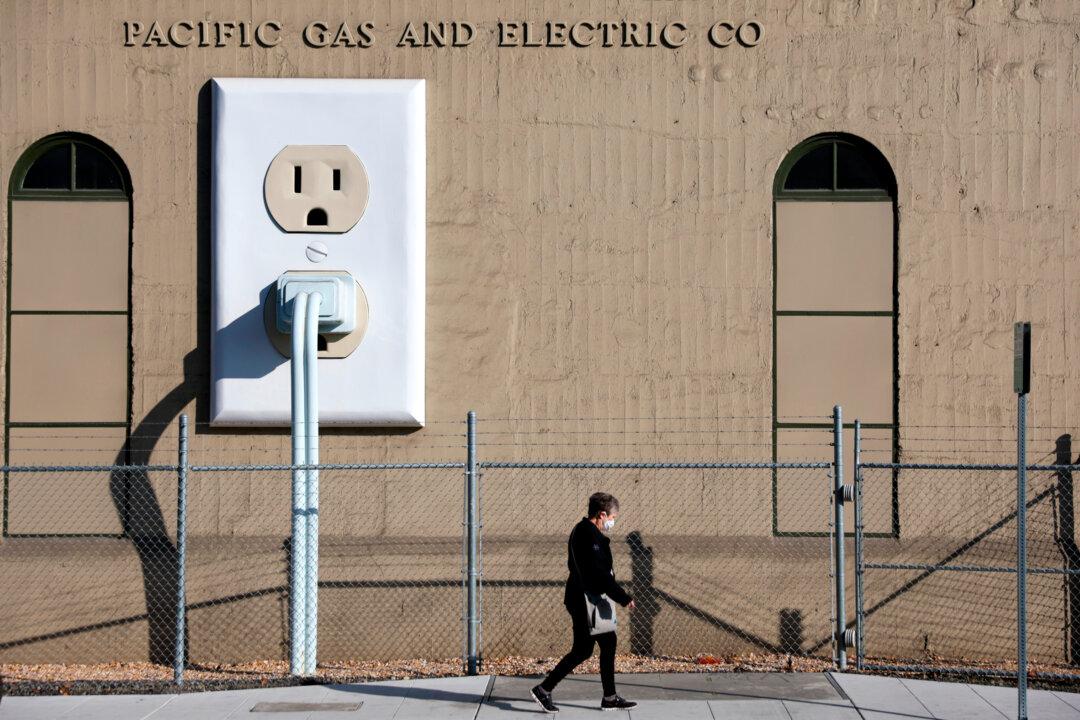With the biggest rate jump in its history amounting to new income of $13.8 billion recently approved and slated to take effect in January, the largest utility company in California is now requesting another increase of more than $2 billion.
If approved by regulators, 16 million Pacific Gas & Electric—better known as PG&E—customers’ bills would spike again in March.





